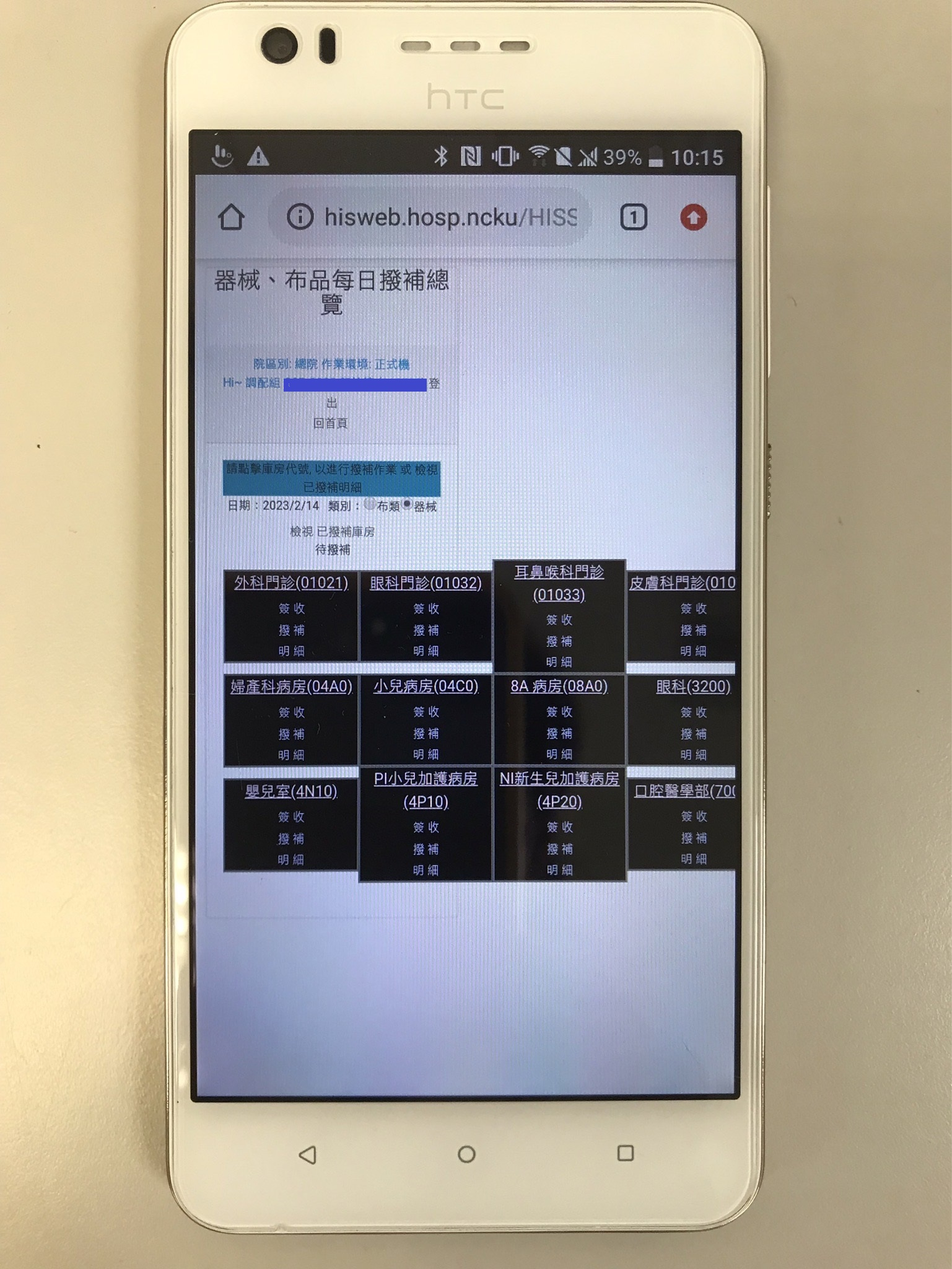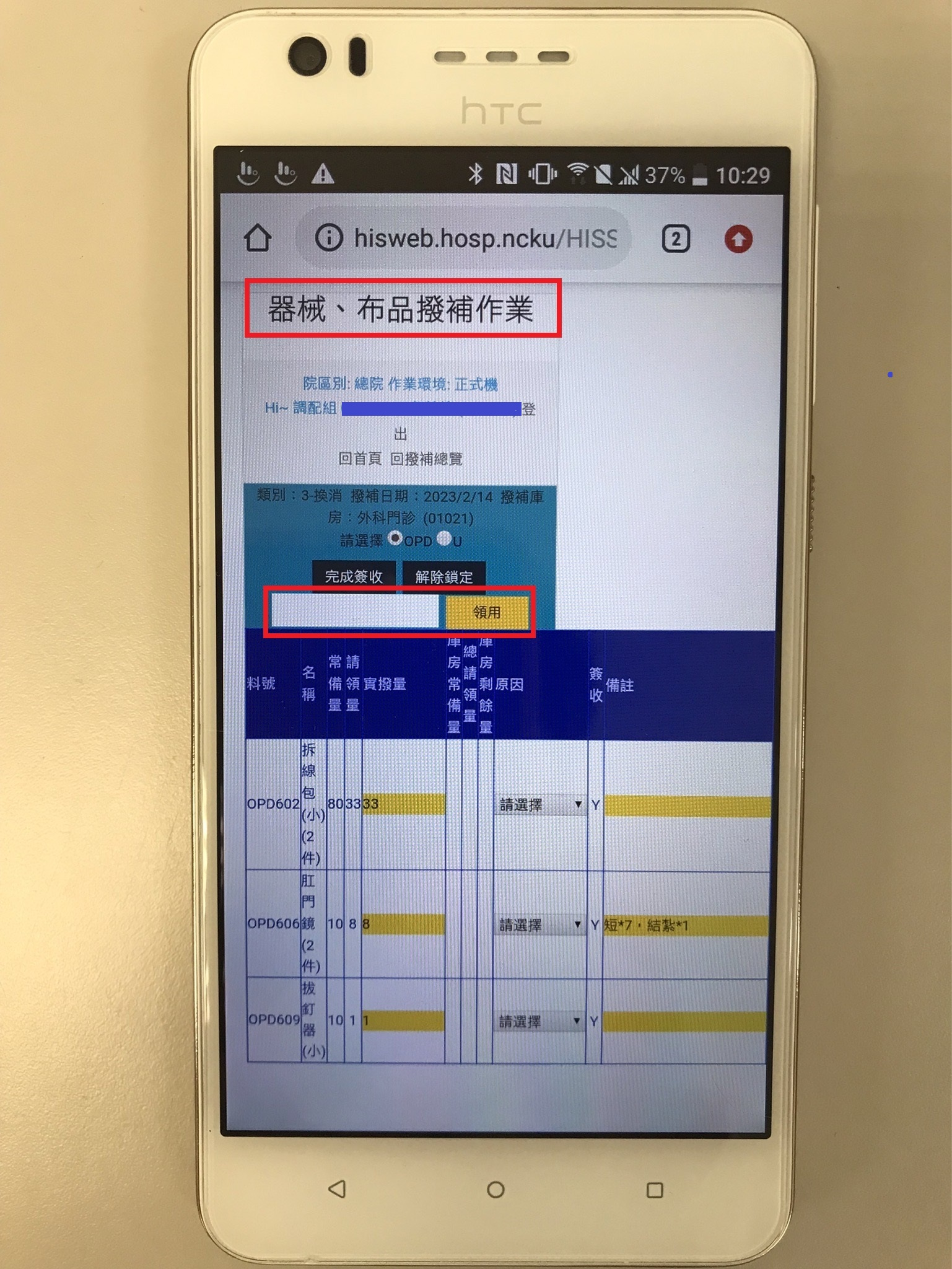The replacement and disinfection of equipment are the major daily tasks at supply centers. Pushing a gigantic equipment exchange cart, the supply center staff visit each clinical unit to replace contaminated equipment with clean ones. The conventional practice of equipment replacement is as follows. Through an information system, clinical units order their required equipment. The supply center staff print the list of equipment requiring replacement and disinfection in two copies and organize the required equipment on an instrument replacement cart according to the list. The staff then bring the replacement equipment along with the two list copies to the clinical unit that made the replacement or disinfection request.
At the clinical unit, staff from the supply center and the unit cross-confirm the equipment items and their quantities. If the item or required quantity is incorrect, the staff manually correct the errors on the two list copies. One copy is retained at the clinical unit for reference, and the other copy is taken back to the supply center. The entire process is labor- and resource-intensive. Moreover, the carrying and manual correction of the list copies increases the risk of infection.
To avoid this, a smart information system has been implemented. Based on replacement and disinfection orders clinical units make on the information system, the supply center staff will organize the orders on an equipment replacement cart and deliver to the corresponding units. A hand-held personal digital assistant (PDA) device has also been incorporated to help the staff cross-check the equipment items with the list and hand the items over to the corresponding clinical unit. This device will, by integrating and connecting information, display the equipment items to be replaced and disinfected. Once the clinical units confirm the items and quantities, the unit staff will sign on the PDA and collect the items; this will complete the equipment replacement and disinfection process.
Mobile smart medicine tools increase work efficiency by reducing the time required for manual processing and the cost associated with the use of large amounts of paper and storage space. It further enhances the eminence of medical institutes.

